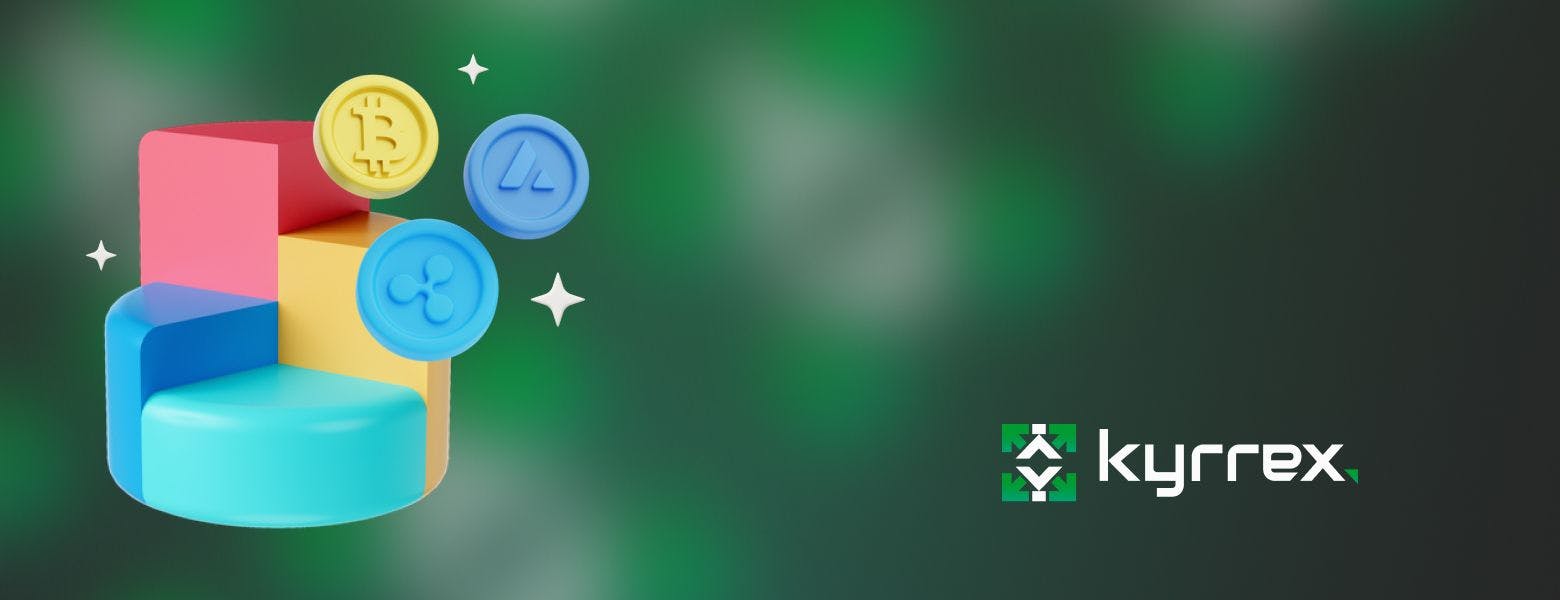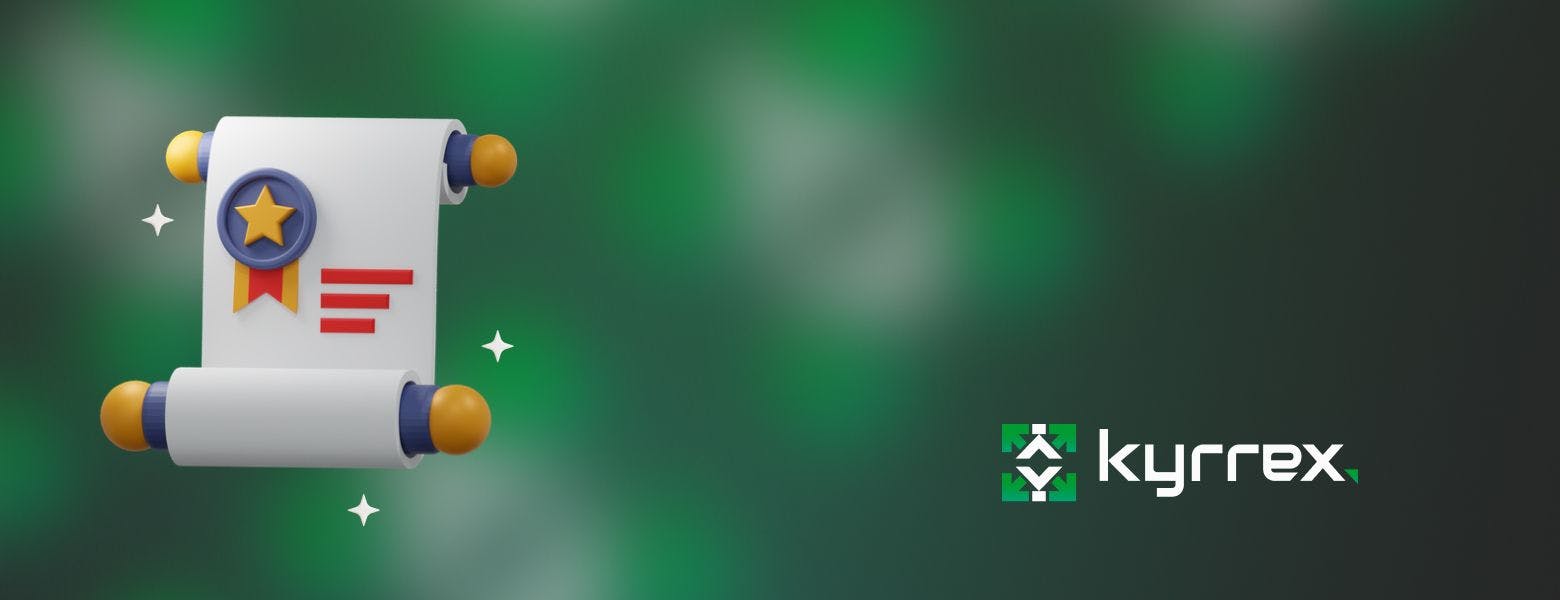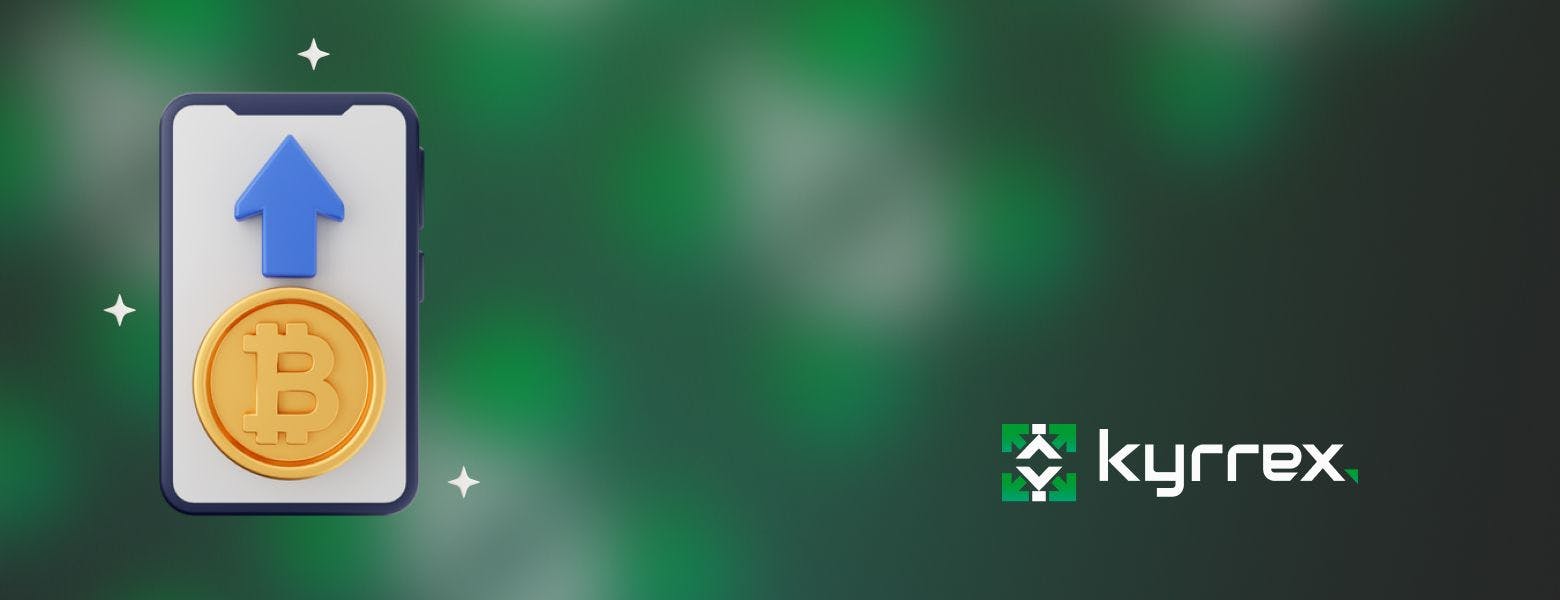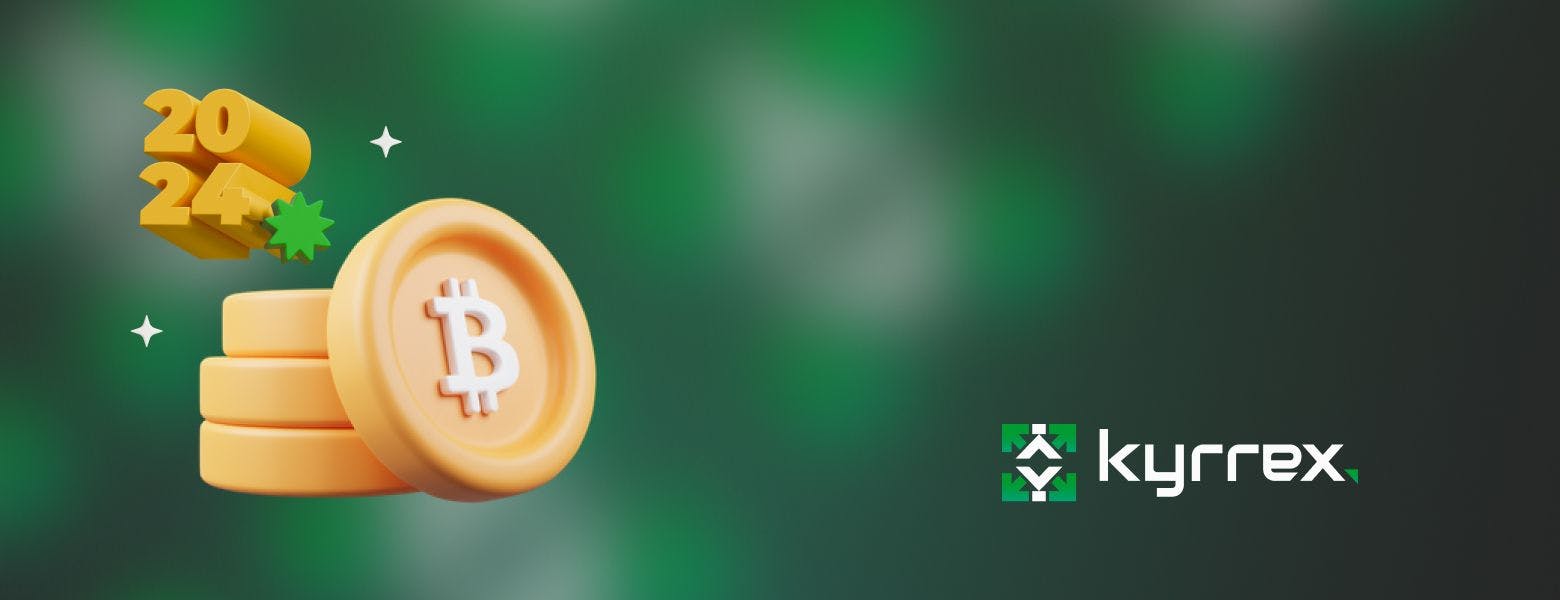
Tokenomics 101: Explaining the Basics and Beyond of Token Economy

Tokenomics, a fusion of 'token' and 'economics,' refers to the economic principles and models underpinning digital currencies within the blockchain sphere. This intricate ecosystem encompasses various factors such as token supply, demand, distribution methods, and overall market valuation, playing a pivotal role in the sustainability and success of cryptocurrency projects. Unlike traditional economies, governed by centralized financial systems and regulatory bodies, tokenomics operates within a decentralized framework, offering innovative approaches to value creation, transfer, and management.
As the digital asset landscape continues to expand, understanding the fundamentals of token economy becomes crucial for investors, developers, and enthusiasts alike. This article aims to demystify tokenomics, guiding you through its core components, real-world applications, and the impact on the broader crypto economy.
Tokenomics and token economy
Tokenomics represents the study and structural framework of a token's economy within the blockchain sphere, encompassing aspects like supply, demand, distribution, and valuation. In this system, the token economy operates under a unique set of rules and mechanisms distinct from traditional economies. Supply refers to the total quantity of tokens available, which can be fixed like Bitcoin's 21 million cap, or variable as seen in some governance token models. Demand is influenced by the token's utility, perceived value, and market conditions.
Distribution entails how tokens are allocated or issued to users, investors, and the project's team, which can significantly impact the token's initial and ongoing valuation. Valuation, meanwhile, derives from market perceptions, utility, and the token's inherent properties, such as security features or governance rights.
Unlike traditional monetary systems controlled by central authorities, the token economy leverages blockchain technology to enable a decentralized, transparent, and secure environment. Here, market dynamics are not influenced by central bank policies but by code, community consensus, and decentralized protocols. This paradigm shift from centralized to decentralized finance represents a significant evolution in how value and economy are conceptualized and managed within the digital age.
Key Components of Tokenomics
Tokenomics delves deep into the operational and economic facets of tokens within blockchain projects. Understanding these components is critical for grasping how tokens gain and maintain their value.
1- Minting
The process of minting involves creating or generating tokens within a blockchain project. Different protocols have varied methods; Bitcoin, for example, rewards miners for validating transactions, thus "minting" new coins. Ethereum initially distributed Ether through an Initial Coin Offering (ICO), but also mints new Ether as rewards in transaction processing. The method of minting impacts the initial and ongoing supply of tokens, influencing scarcity and value.
2- Utility
Tokens must serve a purpose within their ecosystems; this utility drives demand. Bitcoin's primary utility is as a digital currency, while Ethereum's Ether is used to perform transactions and run applications on its network. Other tokens might grant voting rights in project governance (governance tokens), access to services, or act as a stake in decentralized finance (DeFi) platforms.
3- Supply and Demand
The principles of supply and demand heavily influence token economics. If a token has a capped supply (like Bitcoin), scarcity can increase demand, potentially raising its value. Conversely, if a token's supply is vast or infinite, its value might be lower unless there is significant demand. Market perception, technological advancements, and broader economic factors also play into this dynamic.
4- Distribution and Allocation
The method of token distribution can affect its long-term value and security. Initial allocation might occur through public sales (ICOs or IDOs), community rewards, or allocations to founders and early investors. Projects like Solana and Cardano have allocated significant portions of their tokens to insiders but have maintained public interest through transparency and project utility.
5- Vesting and Inflation
Vesting schedules and inflation control are critical for maintaining a token's value and ensuring project longevity. Vesting prevents market flooding by slowly releasing tokens to developers or investors, maintaining stability. Projects can control inflation through mechanisms like token burning or halving events, as seen with Bitcoin, which undergo periodical "halvings" reducing the reward for mining new blocks, thus controlling the rate of new token introduction into the ecosystem.
Each of these components must be carefully balanced to create a sustainable and successful tokenomics model. Missteps in any area can lead to issues like rapid devaluation, lack of interest, or even project failure.
Examples of Real-World Token economy in Action
Tokenomics comes to life in various blockchain projects, each employing unique strategies to enhance their ecosystem's value and usability.
Ethereum
As a pioneer, Ethereum revolutionized the blockchain space by introducing smart contracts. These are self-executing contracts with the terms of the agreement directly written into lines of code. Ethereum's token, Ether, serves primarily as a utility token, necessary for conducting transactions and executing contracts on the Ethereum network. Its initial distribution was through an ICO, establishing an initial supply that has since increased due to block rewards. Ethereum's shift from Proof of Work (PoW) to Proof of Stake (PoS) in the Ethereum 2.0 upgrade impacts its tokenomics by changing the reward structure and potentially reducing the rate of new Ether creation, influencing scarcity and value. Transaction fees, known as "gas," also play a crucial role, as they vary based on network demand, adding an economic layer to operation prioritization.
Solana
Known for its incredible speed and lower transaction costs, Solana has emerged as a highly efficient blockchain platform. Solana's native token, SOL, is used to pay for transactions and for staking as part of its Proof of History (PoH) and Proof of Stake (PoS) hybrid consensus mechanism. The initial supply was determined at its launch, with ongoing emissions governed by inflationary policies aimed at incentivizing validators and stakers. Solana has a deflationary aspect as well, where transaction fees are burned, reducing the total supply and potentially increasing the value of remaining SOL tokens over time.
Cardano
Cardano differentiates itself through a strong emphasis on peer-reviewed academic research and formal methods in its development process, ensuring a high degree of security and scalability. ADA, Cardano's native token, is used for transaction fees and staking within its PoS consensus mechanism, Ouroboros. The initial supply was set during its ICO, with a defined maximum supply cap to prevent inflation. Staking ADA not only supports network security and operation but also rewards users, distributing new ADA created through inflation and transaction fees based on their stake. The design aims to balance between rewarding holders and ensuring long-term sustainability, reflecting Cardano's research-driven approach to blockchain development.
Diverse approaches to tokenomics can significantly impact a project's success and the value of its associated tokens. Each project's unique strategy — whether focusing on technological innovation, efficiency, or academic rigor — plays a critical role in shaping its token economy and overall ecosystem.
Impact of Token economy on Investors and Projects
Token economy significantly influences both investor decision-making and the overall success of cryptocurrency projects. Investors scrutinize tokenomics for insights into a project's long-term viability, supply scarcity, and potential return on investment. They assess factors such as token distribution, utility, and inflationary controls to gauge the risk and potential growth of their investments. A project with clear, fair token distribution and a practical utility for its token is more likely to attract and retain investors.
For projects, well-structured tokenomics is crucial for sustainability and achieving set objectives. Proper tokenomics ensures that the project is adequately funded and that incentives are aligned between the developers, users, and investors. It helps maintain a balanced ecosystem where tokens circulate effectively, facilitating transactions, rewarding participants, and funding continued development. The long-term success and adoption of crypto projects heavily depend on their tokenomic models, which should be designed to support growth, stability, and engagement within the ecosystem.
Trends and Challenges in Crypto Token Economy
Trends already influencing token economics include the integration of governance tokens, enhancing decentralized decision-making within projects. These tokens empower holders with voting rights on project developments, potentially increasing user engagement and investment in the project's future. Additionally, the trend towards deflationary token models, where the total supply decreases over time, could create scarcity, driving demand and potentially increasing token value.
Another emerging trend is the use of layer-two solutions and cross-chain interoperability to enhance transaction efficiency and reduce costs, directly impacting the utility and attractiveness of a project's token. However, these advancements come with challenges, including regulatory uncertainty and the need for robust security measures to prevent fraud and ensure user trust.
However, creating a balanced and sustainable token economy remains a complex challenge. Projects must design tokenomics that incentivize participation and growth without leading to over-centralization or excessive inflation. They must navigate these waters while maintaining compliance with an ever-changing global regulatory landscape, which can significantly impact token valuation and project operations.
Conclusion
Tokenomics is essential in assessing a cryptocurrency's potential. A well-designed economic model can lead to a project's success, while a poor one can doom it. For investors and creators alike, a deep understanding of tokenomics is crucial in navigating the burgeoning field of digital currencies.
For more info and trendy articles check our Crypto Blog.



